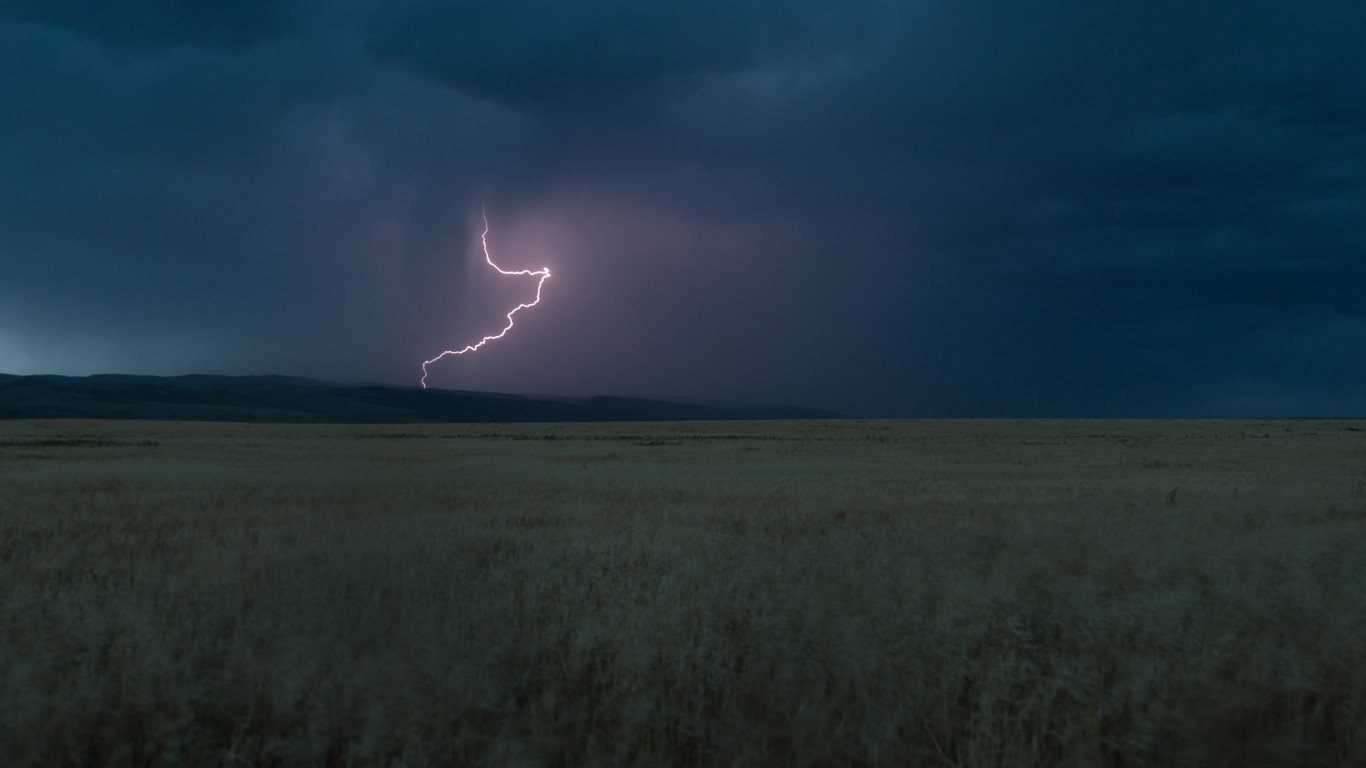
By David Callaway, Callaway Climate Insights
(David Callaway is founder and Editor-in-Chief of Callaway Climate Insights. He is the former president of the World Editors Forum, Editor-in-Chief of USA Today and MarketWatch, and CEO of TheStreet Inc.)
United Nations climate reports are usually disturbing affairs, with hundreds of pages of scientific analysis and contributions from dozens of experts adding up to a handful of colossal warnings about the disasters to come. But behind the headlines of the Intergovernmental Panel on Climate Change’s latest update today were some surprisingly upbeat assessments.
Despite the surge in fossil-fuel costs and the environment-ravaging effects of the war in Ukraine, the IPCC says the world possesses the technology and the financial potential to still halve its carbon footprint by the end of this decade. Such a feat could keep us near the 1.5°C. limit of average global temperature rise we need to stay within to avert a huge rise in floods and fire.
The group also said that financing gaps, the amount of money needed to transition the world to renewable energy, are running three to six times lower than they need to be, but that with the right public policy leadership, the funds are there to get the job done, at least on the private side. . . .
To read the full column, all our insights, news and in-depth interviews, please subscribe and support our great climate finance journalism.





